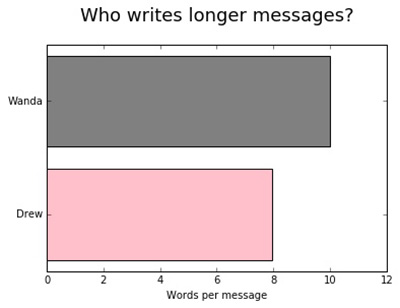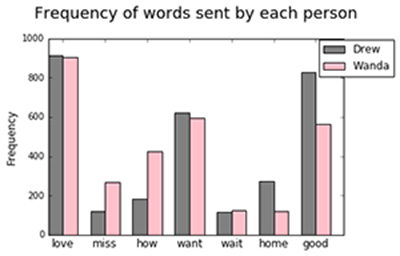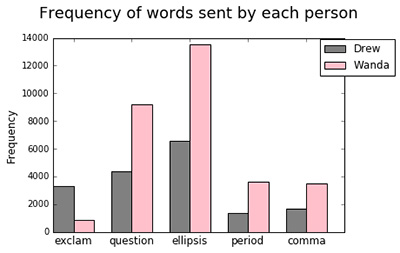Love Texts

The Love Texts project will allow participants to upload their message histories along with some basic demographic information and receive an infographic highlighting features of their relationship.
The goal is to help texters visualize their messaging behavior and understand the role of text messaging in their relationships. Texters will be able to customize some parts of their results (i.e., identify key words, terms of endearment, etc.). In exchange, the messages will be used for research on the role of text messaging in building relationships and establishing intimacy.
The motivation for this project comes from one conversation in the Bilingual Youth Texts Corpus. This conversation spans the first three months of a relationship. Together, they send nearly 200 messages a day to each other. Though they live in the same city, they are only able to see each other once a week. Yet text messaging allows them to stay in nearly constant contact . Discourse analysis of this conversation has revealed the small yet important ways that they are building intimacy and trust.
Some key metrics that have been identified are the frequency and length of messages, the number of mistakes, textisms, and key words such as "love", "like", and "you", and the time between messages. The messages will NEVER be made public and will be kept on a password protected folder in an encrypted file.
This project is still in development, so if there is a metric you would love to see, please contact me. A prototype is expected in December, 2016. Sign up below if you would like to be notified of developments in this project.







